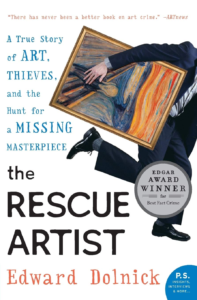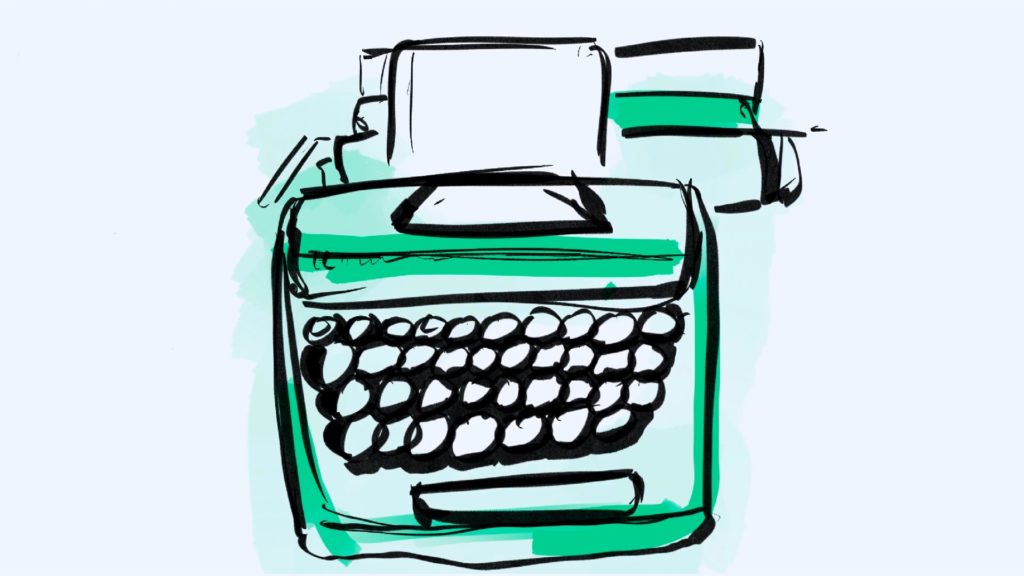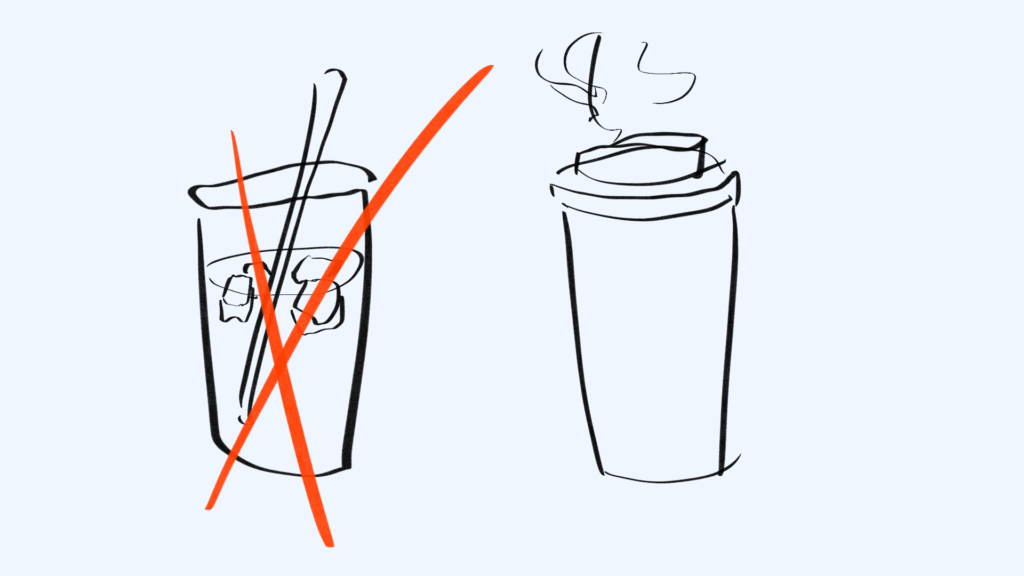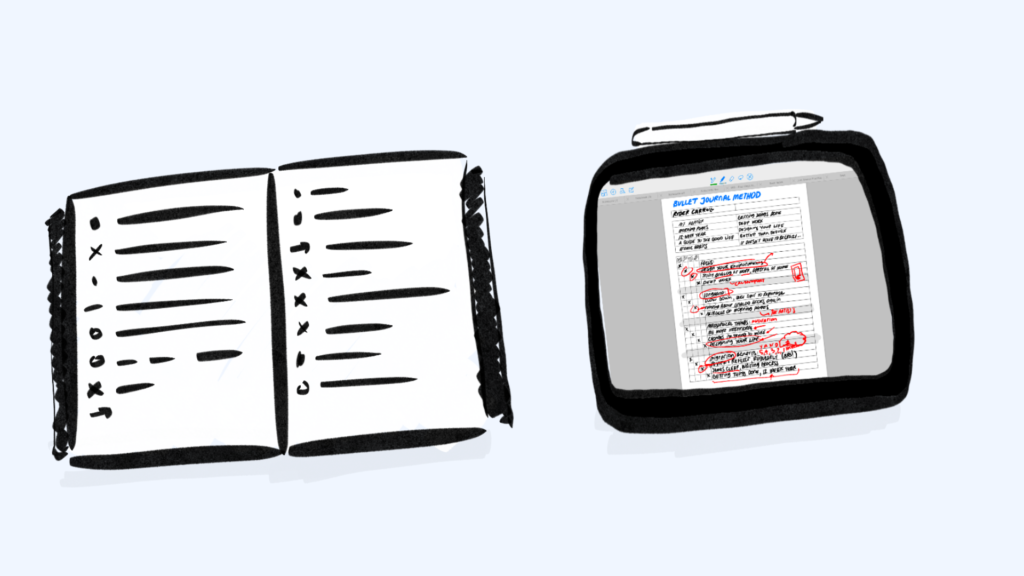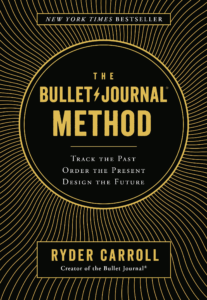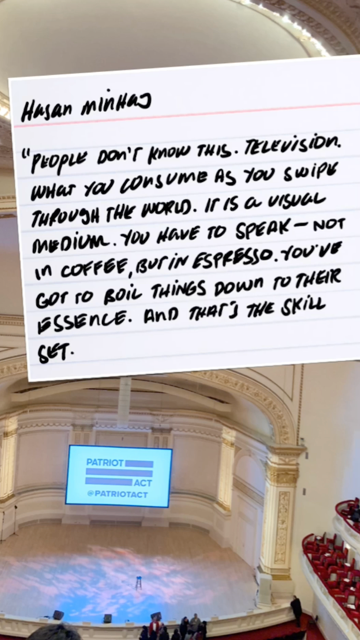Books mentioned:
- Storyworthy: Engage, Teach, Persuade, and Change Your Life through the Power of Storytelling by Matthew Dicks
-
Can’t Hurt Me: Master Your Mind and Defy the Odds by David Goggins
- Living with a SEAL: 31 Days Training with the Toughest Man on the Planet by Jesse Itzler
- The Rescue Artist: A True Story of Art, Thieves, and the Hunt for a Missing Masterpiece by Edward Dolnick
-
The Godfather by Mario Puzo
Podcasts mentioned:
- #1212 – David Goggins — Joe Rogan Experience
- Podcast #462: How to Tell Better Stories (with Matthew Dicks)— The Art of Manliness
- Podcast 197: Plan to Read More in 2019, Make It Easier to Follow Complex Instructions, and What to Do When Someone Ignores the Key Bowl — Happier with Gretchen Rubin

